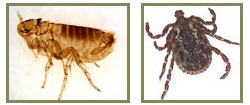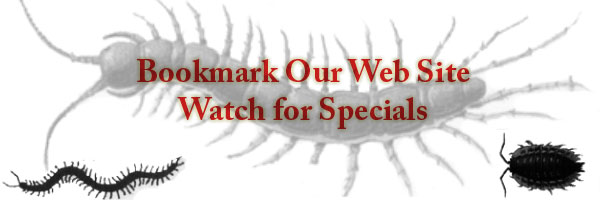Artic Pest Control Additional Information
Artic Pest Control also offers different types of services, check which one you may need.
Fire Ant Control Service
Service includes inspection on the outside of the property, destroy all Fire Ants Nest and apply granular bait to maintain the property free of fire ants for one year.

Rodent Control
This Service consist of an inspection of the property, inside and outside to determine where on the property they are gaining access, and depending on the area we will install traps or rodent boxes and we will perform follow up visit until the problem is solved.
Some exclusion work may have to be perform to prevent more problems in the future.

Ticks and Fleas Control
This service consist of treating the property on the inside and outside with highly products to eliminate all ticks and fleas. Due to the natural biological cycle on this pest , 2 or 3 treatments may be needed to gain full control.
Pets need to be treated the same day of this service for better results.

Phone: (407) 443-7612
E-mail: AdamL@articpest.com




